In this edition of Flashback, Turin ’s ancient and contemporary art fair held at the former Dogali Barracks on Via Asti from Nov. 4 to 7, there are many works of great interest from thenineteenth century onward to the present day. We have decided to make a brief focus on this theme, with the story of three galleries, namely Aleandri Arte Moderna, Galleria Bagnai and 800/900 Artstudio that have distinguished themselves for the quality of the proposal in this edition: Aleandri for some rare drawings exhibited at its stand, Galleria Bagnai for bringing a contemporary artist who is the protagonist of a real rediscovery, namely Stefano Di Stasio, and 800/900 Artstudio because it presents a particular in-depth study of the Italian Symbolist season with, as we shall see, some decidedly interesting pieces. In addition, both Bagnai and 800/900 Artstudio are making their debut at the Turin fair, which is now in its ninth edition this year.
Our little tour begins with Aleandri Arte Moderna. “Ours,” director Simone Aleandri explains to us, “is a gallery that deals with 20th-century drawing, with windows into the world of preparing final works in sculpture as well. It is a gallery that specializes in some areas of the avant-garde of the 20th century and also of the late 19th century, such as Symbolism, Expressionism, and Futurism. In this Flashback selection we wanted to bring a core of drawings dedicated to Italian and Central European artists.” Among the drawings are small masterpieces, starting with the two works by Mario Sironi (Sassari, 1885 - Milan, 1961), whose youthful drawing (between 1902 and 1904) Aleandri presents, in which the artist composes a still life with poor objects found in his own home, and a 1940s Periphery. The youthful drawing belongs to a series in which the artist portrays poor objects (even though he was well-to-do and lived in a house that was not poor), for a research that was the child of the humanitarian socialism that was gaining ground in Italian Symbolist and Expressionist circles at the beginning of the twentieth century, especially around the figure of Giacomo Balla, the master of many artists of that time. The Periphery of the 1940s is made with a technique he experimented with in the 1930s especially for illustrations: the artist makes a double superimposition of tones (first white and then black) and at which point, through the use of an awl, he scratches the black making the white that lies below the black layer re-emerge, drawing practically in the negative, removing colors instead of adding them. This is probably a technique he developed in order to have a more striking graphic rendering than traditional drawing, but in this case he uses it as if it were a painting: the result is a small masterpiece that Sironi later gave to Marcello Piacentini (the work in fact comes from his collection).
Also among the noteworthy works is a Study for the Violinist’s Hand by Giacomo Balla: “one of the most important paintings of the 20th century,” Aleandri explains, “one of the very first experiments with which Balla works on dynamism: in this drawing he is studying the dynamism of a violinist’s fingers on the bow, which would later become a very important oil painting now in the Tate Gallery in London.” Another museum piece is Medardo Rosso’s Jewish Child: “Rosso’s sculptures were executed in multiple examples,” Simone Aleandri points out, “but this one has the exceptionality of being a period specimen patinated and worked on in detail by Medardo Rosso himself, and you can tell (at least according to Paola Mola, the artist’s top expert, who has been working on him for fifty years), by the use of this bronze patina applied on the plaster and obtained from an almost waxy resin that distinguishes his work. Then we have a selection of drawings by Enzo Cucchi, an artist to whom our gallery is very close: we like to exhibit him because in our opinion he constitutes the continuation of the whole European expressionist tradition as well as the surrealist tradition, because he works a lot on the automatic image, assimilating everything he sees and then reversing on paper images that cannot be translated into an iconography, but are linked to the dimension of dreams.” Also not to be missed are some very important plaster casts, including Duilio Cambellotti’s models for one of his masterpieces, one of his most important works, the Conca dei cavalli, a large bronze basin where the three Maremma horses, resting their legs on the edge of the basin, bend down to drink.
Another reason for interest worth lingering at the Aleandri Arte Moderna booth is the works of Genoese symbolist Sexto Canegallo (Sestri Ponente, 1892 - 1966). “He is a visionary artist much loved by insiders but little known to the general public,” explains Simone Aleandri. The gallery will hold an exhibition dedicated to Canegallo at its Rome location, opening Saturday, Nov. 13. “Canegallo’s exhibition,” Aleandri explains, “will display about forty works, with a critical essay by Mario Finazzi, curator of the show, an art historian who is very attentive to the bibliographical and documentary study of the artists. I honestly believe that the exhibition catalog, for an artist like Canegallo who lacks in-depth scholarly studies, will also be considered fundamental in the future because Canegallo’s entire artistic parabola is reconstructed, the exhibitions he did, the contacts he had during his lifetime and in particular the one with Romolo Romani, who pushed him to work on the concept of the state of mind and therefore of a painting that interpreted the abstraction of the state of mind. They also called into question realities that were not completely correct: often when we talk about states of mind we talk about artists such as Russolo or Boccioni, but in those years in Italy there were also other schools that worked on states of mind and that are re-emerging from recent studies. A leading figure among them was Canegallo himself.”
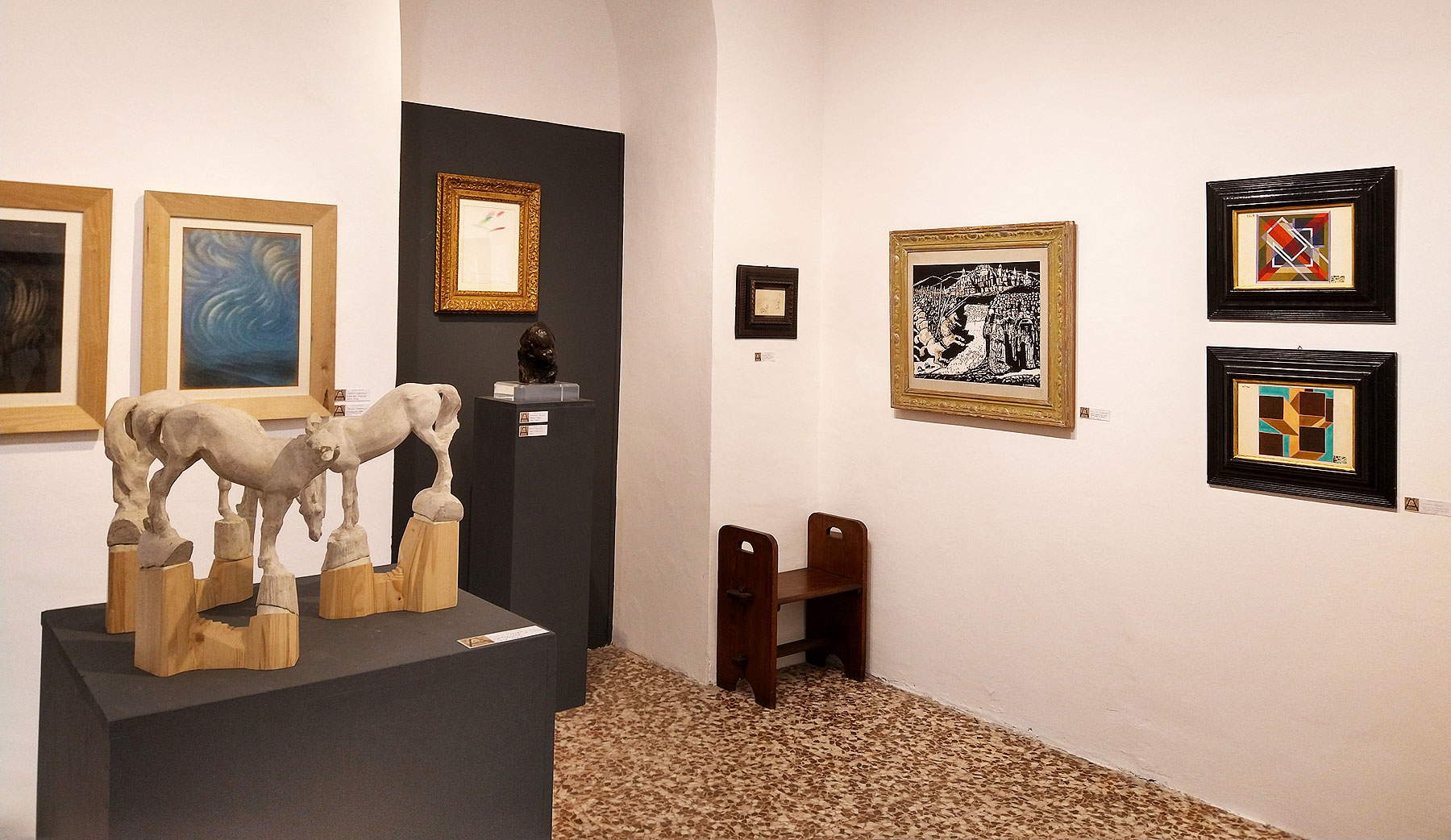
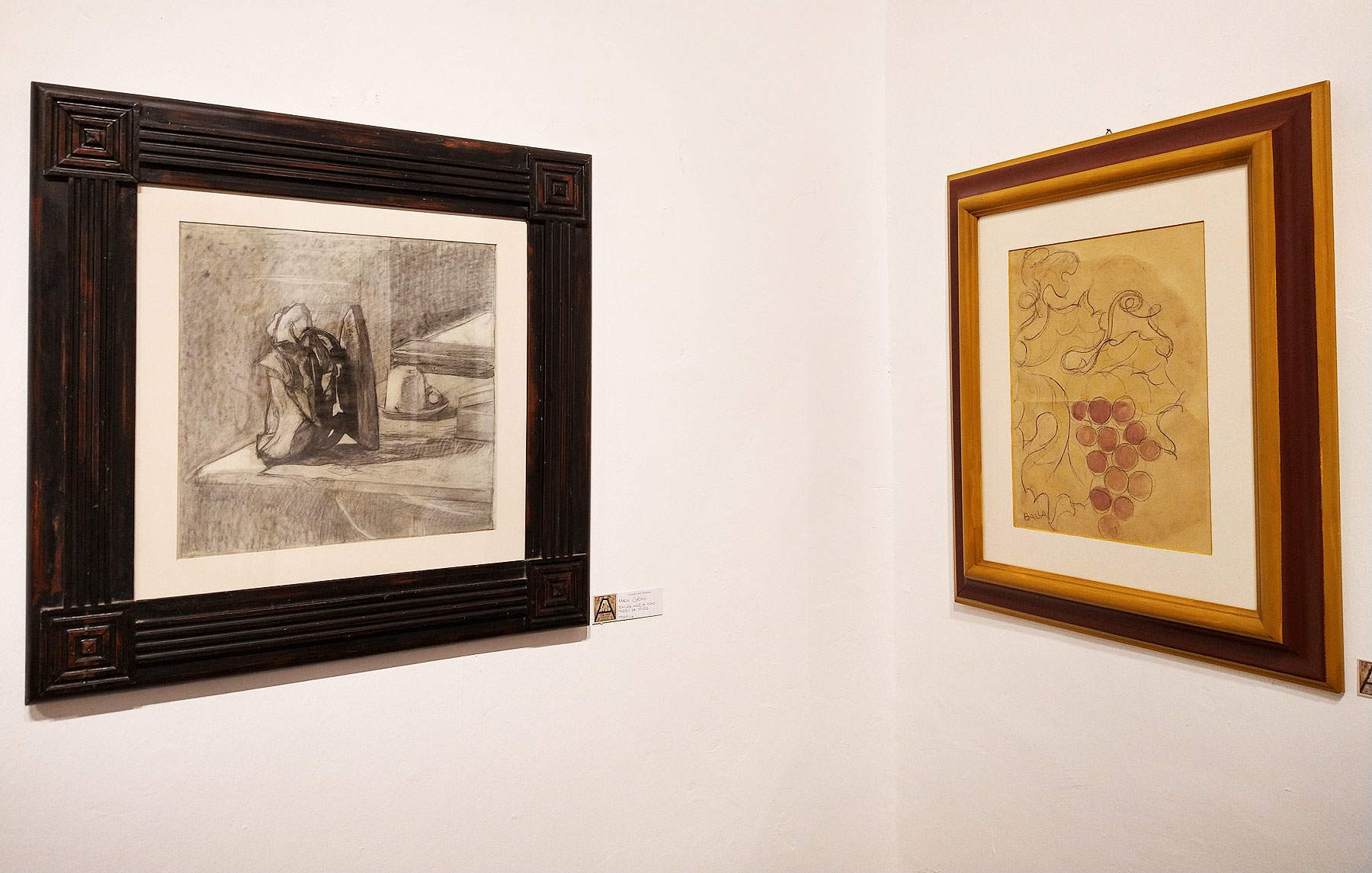
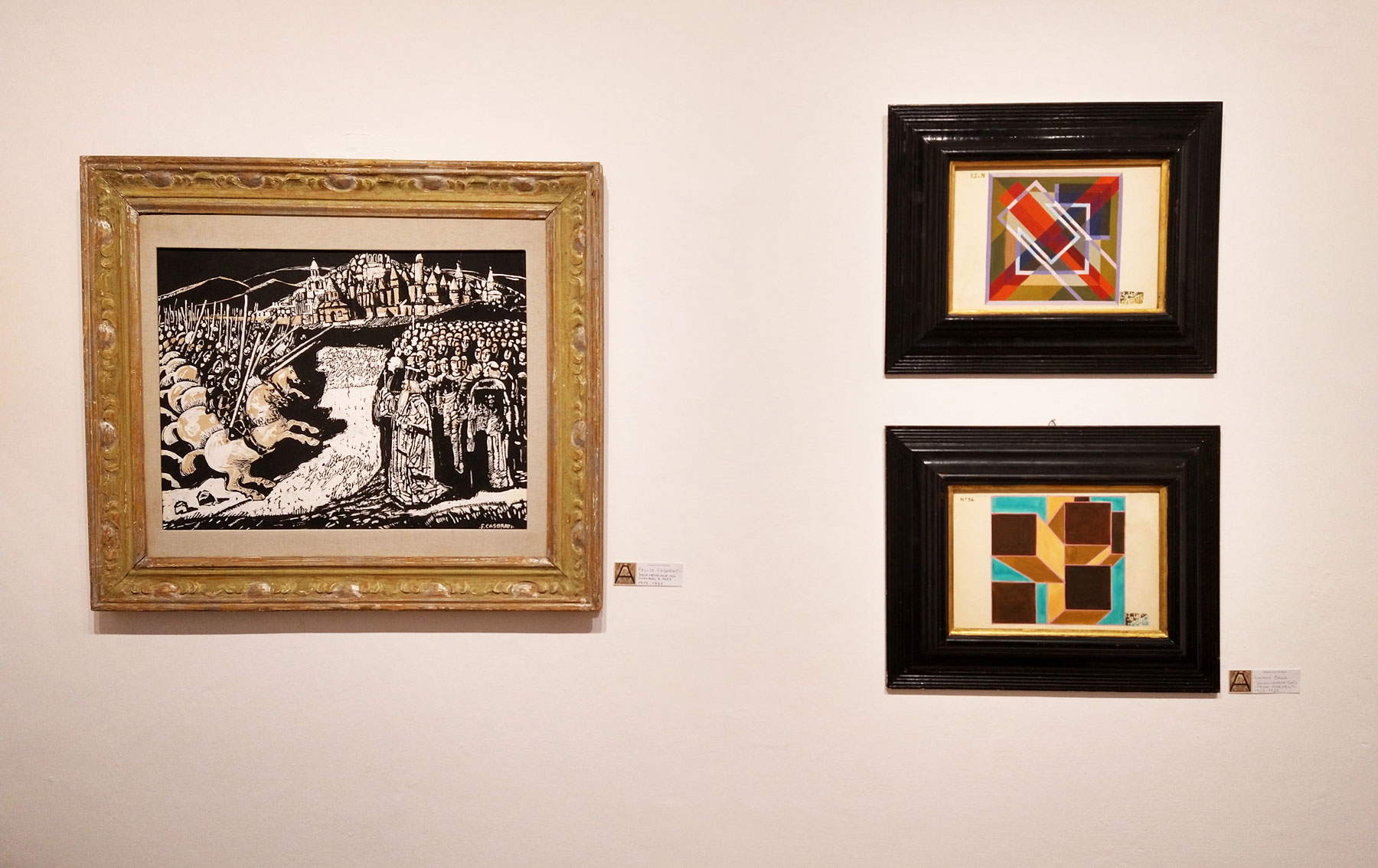
Moving on, the Bagnai Gallery presents itself at Flashback 2021 with a booth of only three artists, namely Stefano Di Stasio (Naples, 1948), Sandro Chia (Alessandro Coticchia; Florence, 1946) and Gianni Dessì (Rome, 1955). Above all, however, it is Di Stasio who has captured the public’s attention. The Roman artist of Neapolitan origin is at the center of a recent rediscovery, in a path of which the gallery directed by Alessandro Bagnai is a great protagonist: in fact, to Di Stasio, the Foiano della Chiana gallery has dedicated a solo exhibition this summer, entitled Figures of the Uncertain and curated by Vittoria Coen, with works specially created between 2019 and 2020 for the event. Medium- and large-scale works that marked an important turning point in his research and that ideally reconnect with the first experiments of the 1970s. A language that in the exhibition is developed by two works by Di Stasio, among which Il canto della sirena, oil on canvas from 2021, stands out.
For Bagnai, moreover, this is hisdebut at Flashback. “We haven’t done fairs for several years,” director Alessandro Bagnai tells us. “In recent years we have only participated in Arte Fiera in Bologna and a few other fair events. We decided to participate in Flashback this year as a result of the big Stefano Di Stasio exhibition at the Ettore Fico Museum in Turin, to which we contributed the organizational aspects, and so the first thought was to present something by Stefano Di Stasio at a fair in Turin.” Di Stasio’s exhibition, which opened Sept. 24 and runs at the Turin museum until Dec. 19, is titled A Moment of Eternity and is curated by Andrea Busto.
“So we decided to participate in Flashback,” Bagnai adds. “We had never seen it in previous years, and we decided to show with Di Stasio, an artist with whom we started working a few years ago, although we had known him for a long time: I have worked a lot with the group of Roman artists who gravitate around DeiStasio and who are almost all his friends. I have always looked at Di Stasio with interest despite never being able to seize the opportune moment to work with him. Now not only has the opportunity to work with him presented itself, but we think it is the right time to reintroduce an artist who has a great history.” Bagnai, Bagnai confesses to us, does not really like to participate in fairs, “I prefer to work in galleries and organize well-curated exhibitions,” he concludes. “Flashback, however, is an interesting fair, and it is in a very particular location: let’s see how it will go.”

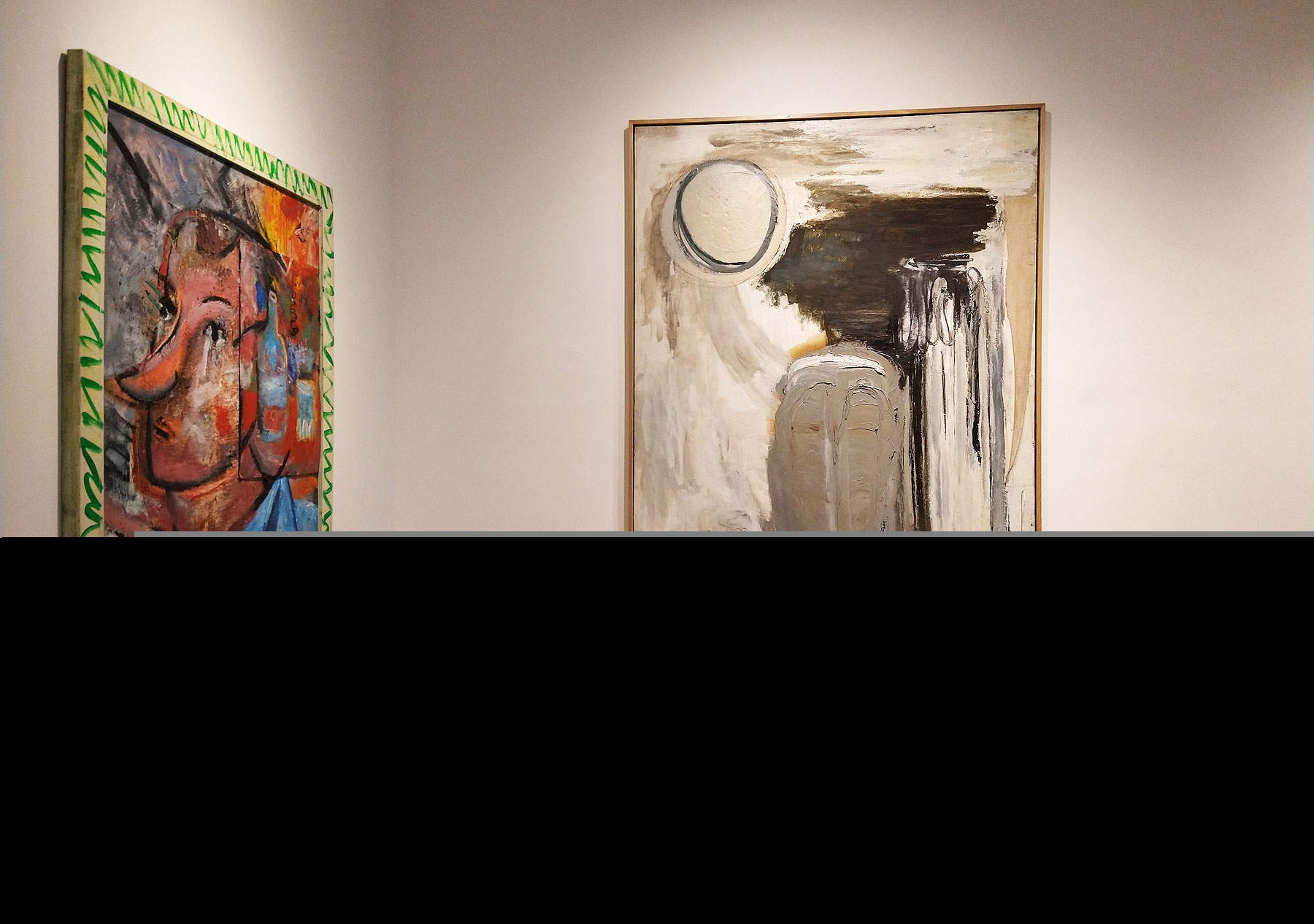
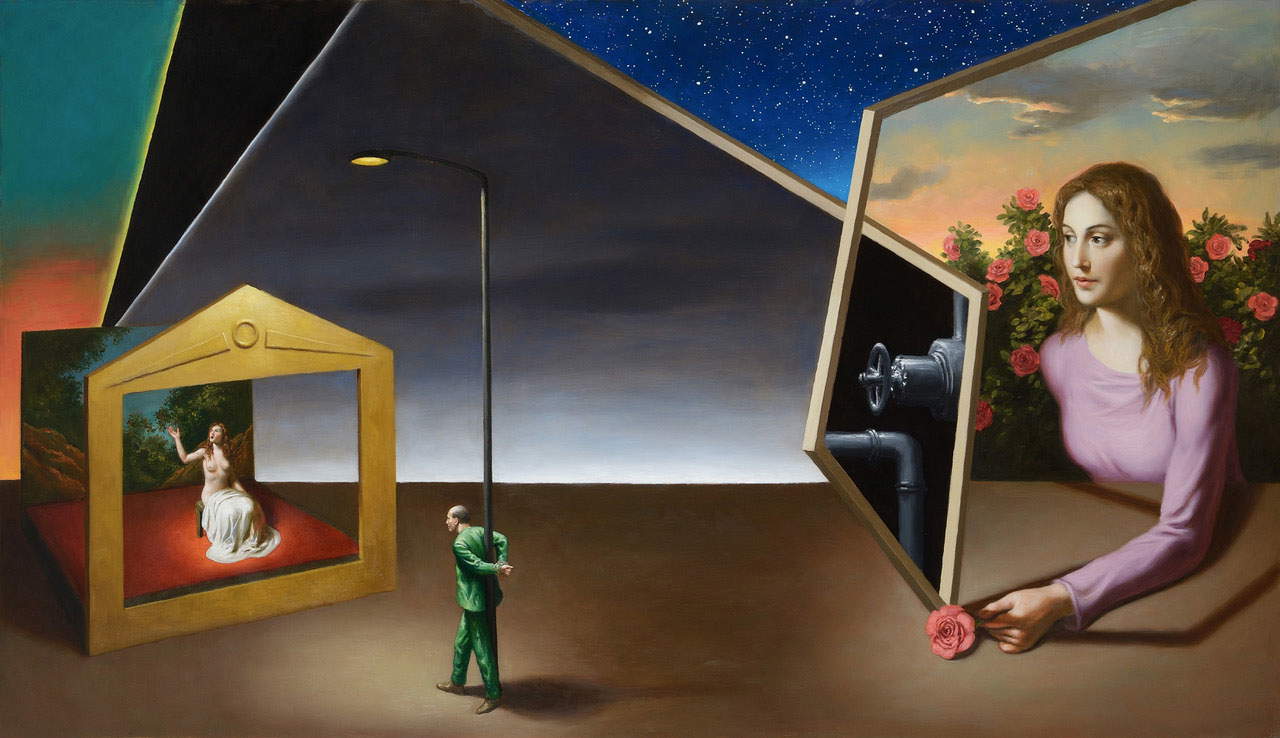
Finally, Livorno-based 800/900 Artstudio Gallery arrives at Flashback 2021 with a booth dedicated to the great artists of the nineteenth and twentieth centuries, up to the 1960s and 1970s. “This is the first time we are participating in Flashback,” Giovanna Bacci of 800/900 Artstudio explains. “We participate in several fairs, such as the Florence Biennale and Modenantiqaria, however, at Flashback it is the first experience.” The Labronica gallery’s booth starts with a very strong, aggressive wall, which responds to some extent to the historical stavolgimenti of the early 20th century with artists such as Renato Guttuso (Bagheria, 1911 - Rome, 1987), the expressionist Lorenzo Viani (Viareggio, 1882 - Lido di Ostia, 1936), whose two remarkable works the gallery is exhibiting, and Zoran Mušič (Boccavizza, 1909 - Venice, 2005), present with a work from the series We are not the last, signifying that the horrific experience of Dachau continues, unfortunately, in other parts of the world as well.
In general, 800/900 Artstudio proposes a stand that starts from 1870, with Alberto Pasini, to 1974 precisely with Zoran Mušič. The stand also continues with works by the Macchiaioli (there is also a beautiful landscape by Giovanni Fattori, with symbolism, the pointillism of an artist to be rediscovered such as Benvenuto Benvenuti (Livorno, 1881 - 1959) and that of a big name such as Gaetano Previati, and then and again Gino Severini and Mario Sironi, cornerstones of the Italian Novecento. One of Benvenuti’s most interesting works in the exhibition, The Dance of Death, belonging to the Leghorn painter’s Symbolist season, stands out in particular. "Benvenuto Benvenuti’s work The Dance of Death, was executed around 1910,“ Bacci tells us. ”Benvenuti was a Symbolist artist, a very spiritual and esoteric artist. The work was completed in the house he invented, the House of Meditation: it is therefore a meditation on death that is depicted in a classical way, with a very heavy black cloak dotted with bats; the fire then highlights a tragic and dramatic atmosphere. He is a Tuscan artist, a pupil and testamentary heir of Vittore Grubicy."
When asked about the current market trend for works of the Tuscan school of the late 19th century, which the gallery represents, he confesses that “it is still doing well, but at this time it is still a bit fatigued. I thought it would open up after this pandemic period, there is a lot of interest, however, I don’t know if it can be called positive and upward. Maybe we are not out of this pandemic yet, maybe we will never get out of it. However we through the site still work, but everything has changed. Probably in this period auctions have been very successful, because selling at auction is easier than our gallery work where we also present and explain more complex works.”
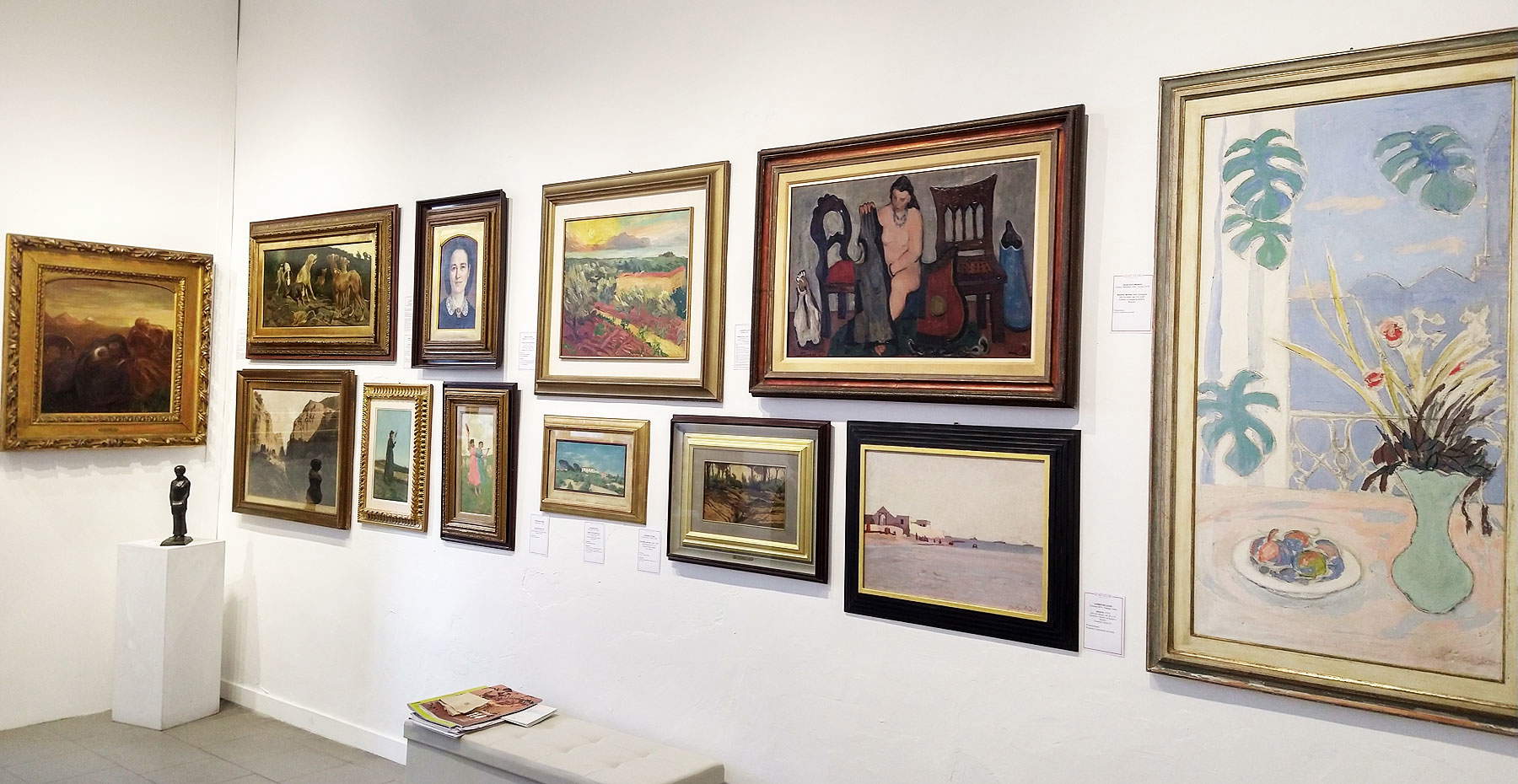
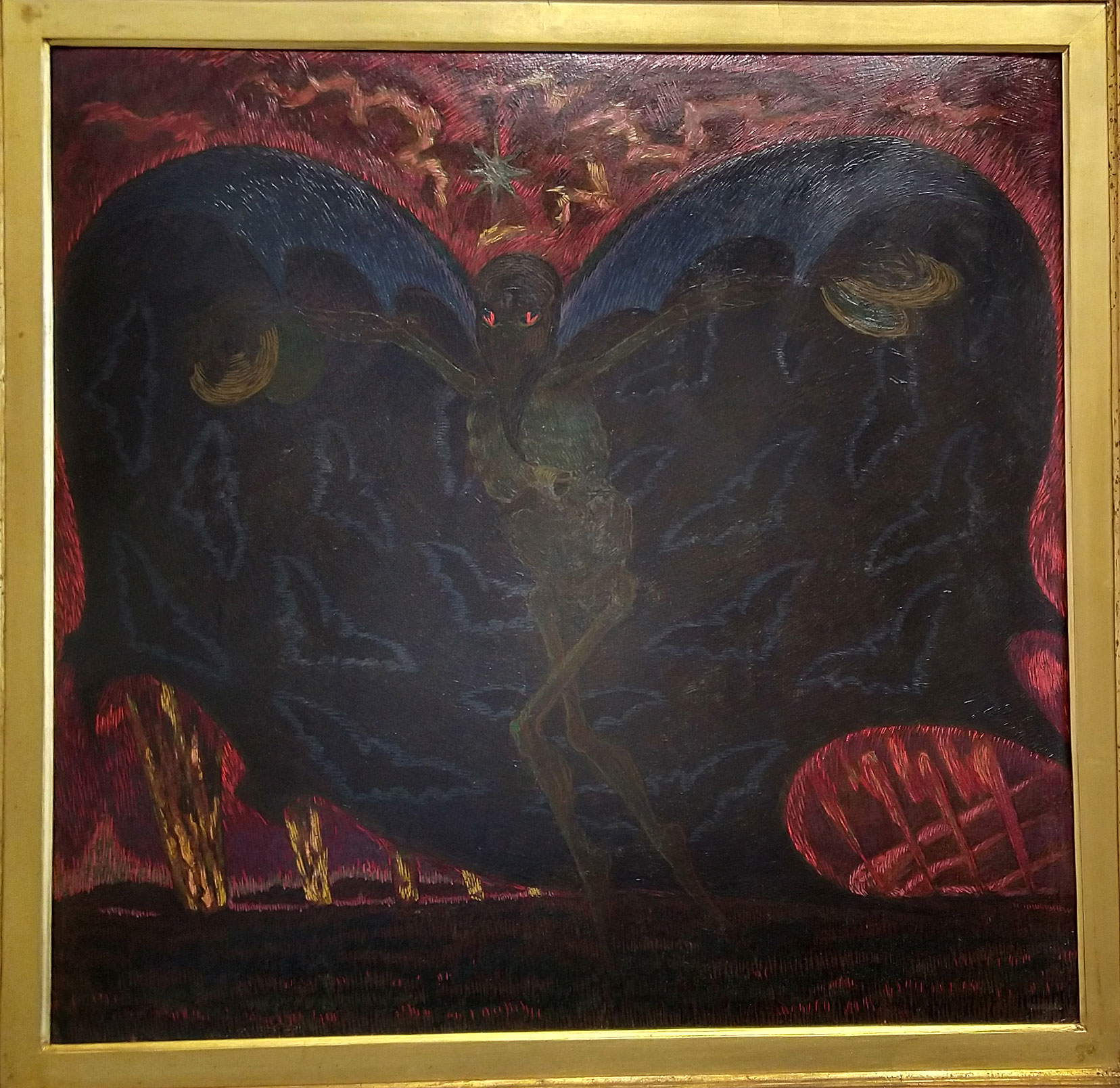
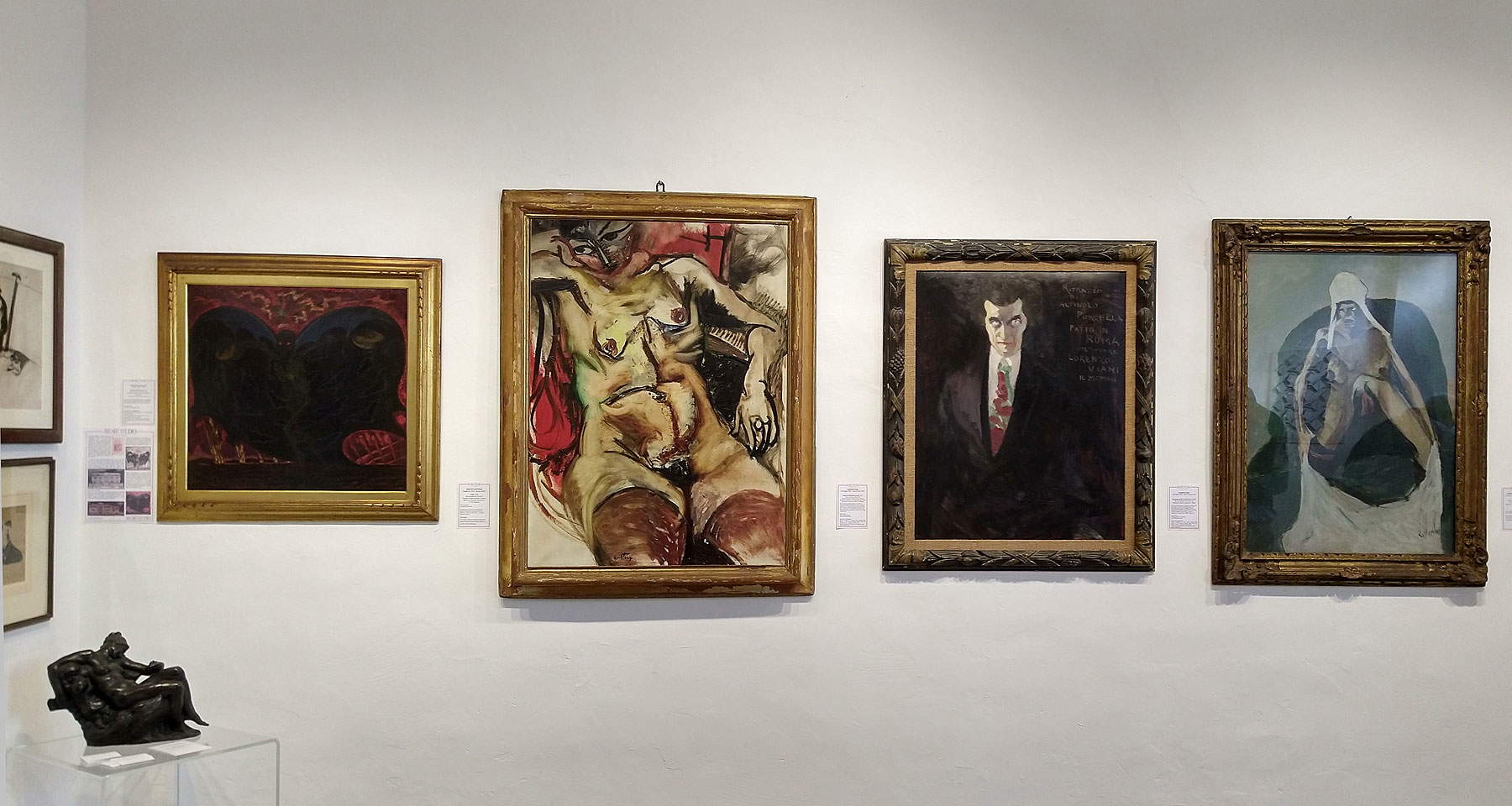
Warning: the translation into English of the original Italian article was created using automatic tools. We undertake to review all articles, but we do not guarantee the total absence of inaccuracies in the translation due to the program. You can find the original by clicking on the ITA button. If you find any mistake,please contact us.